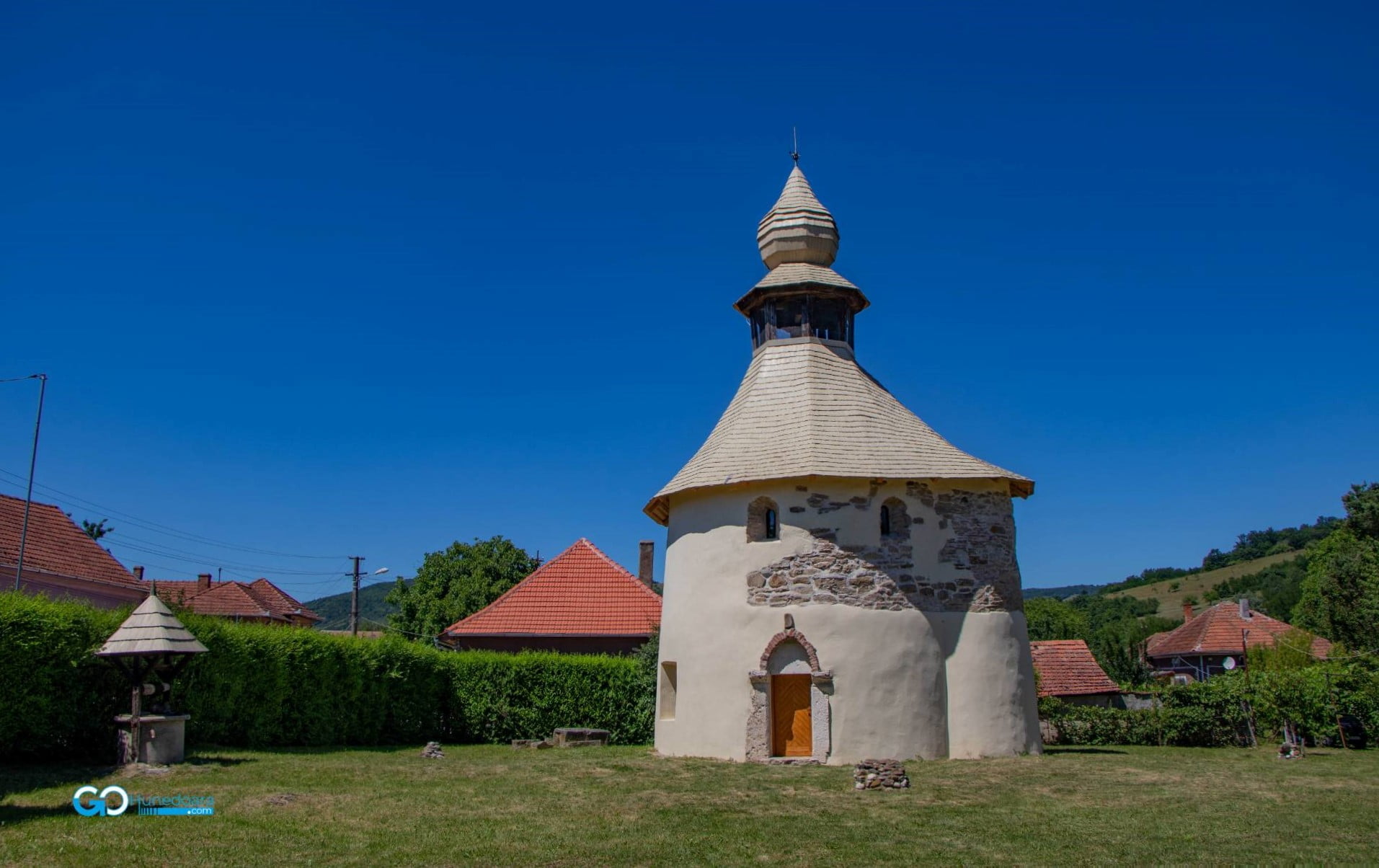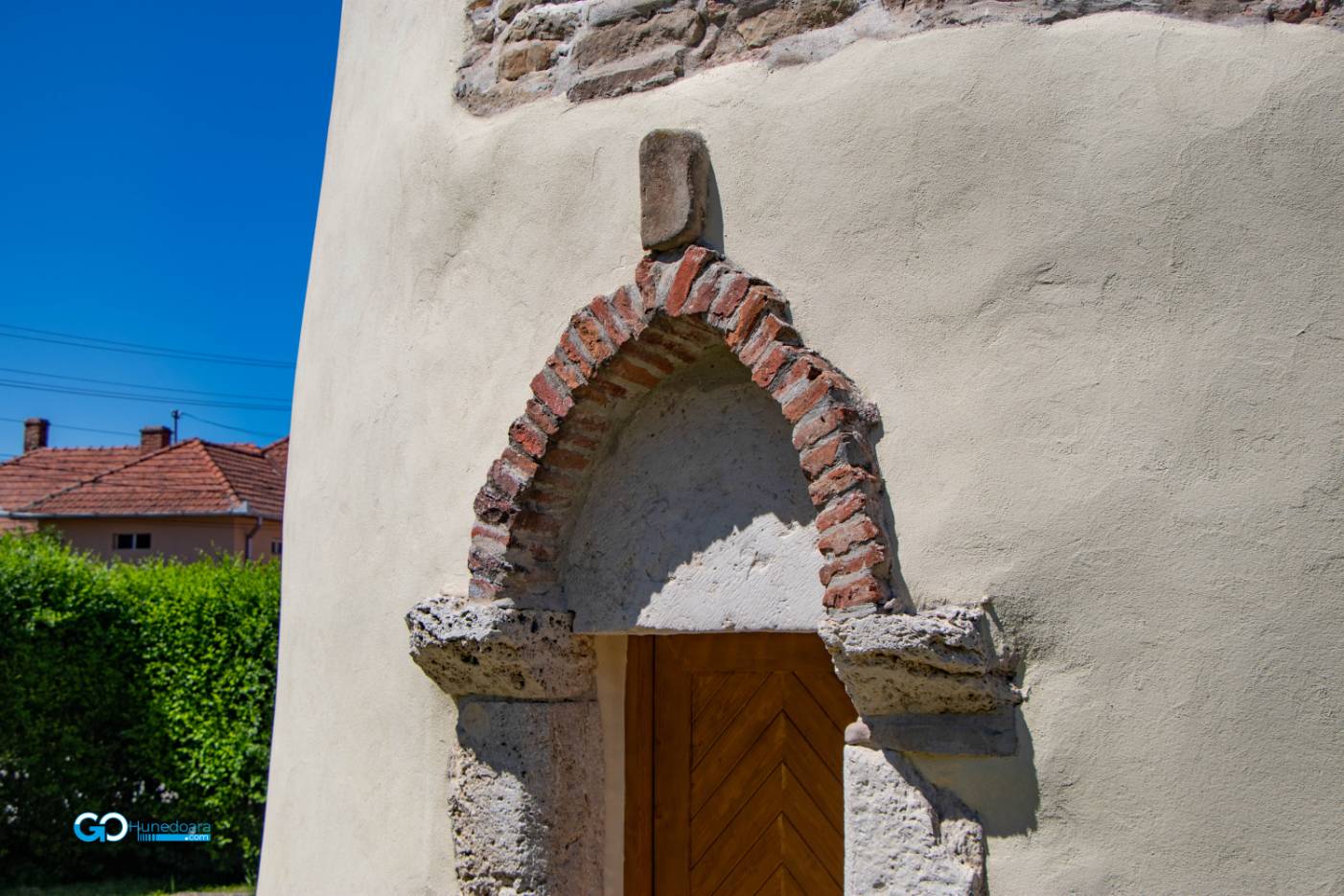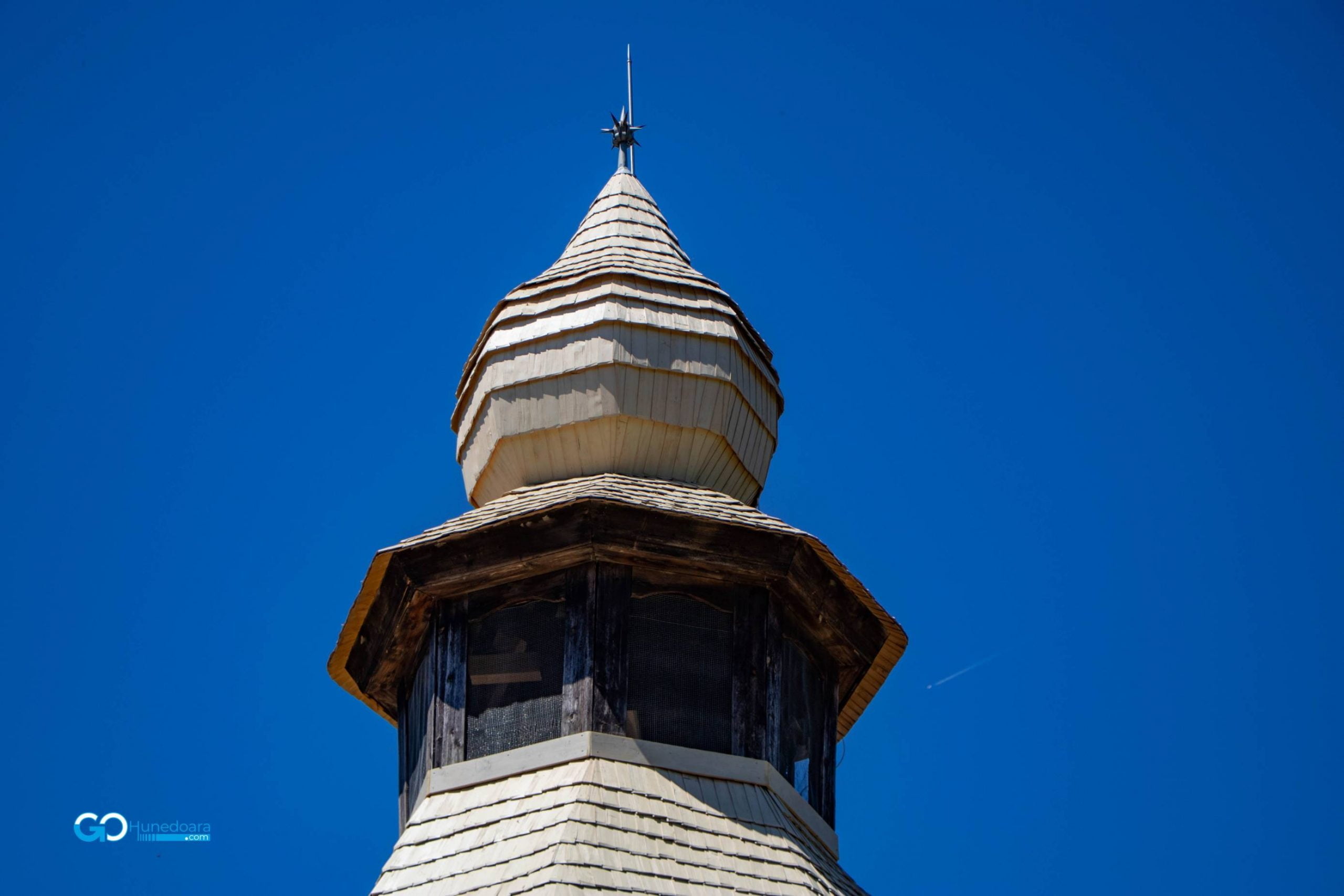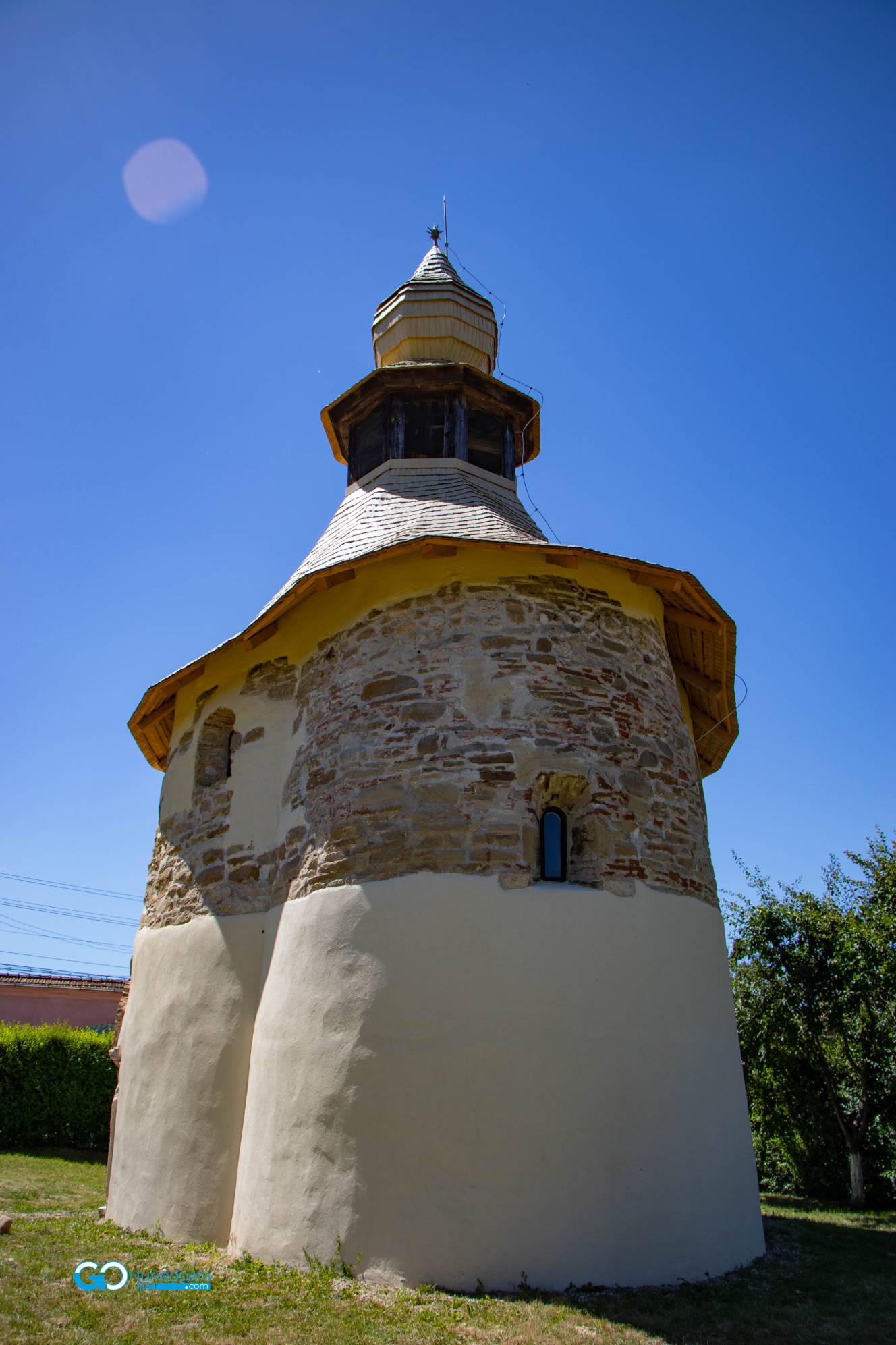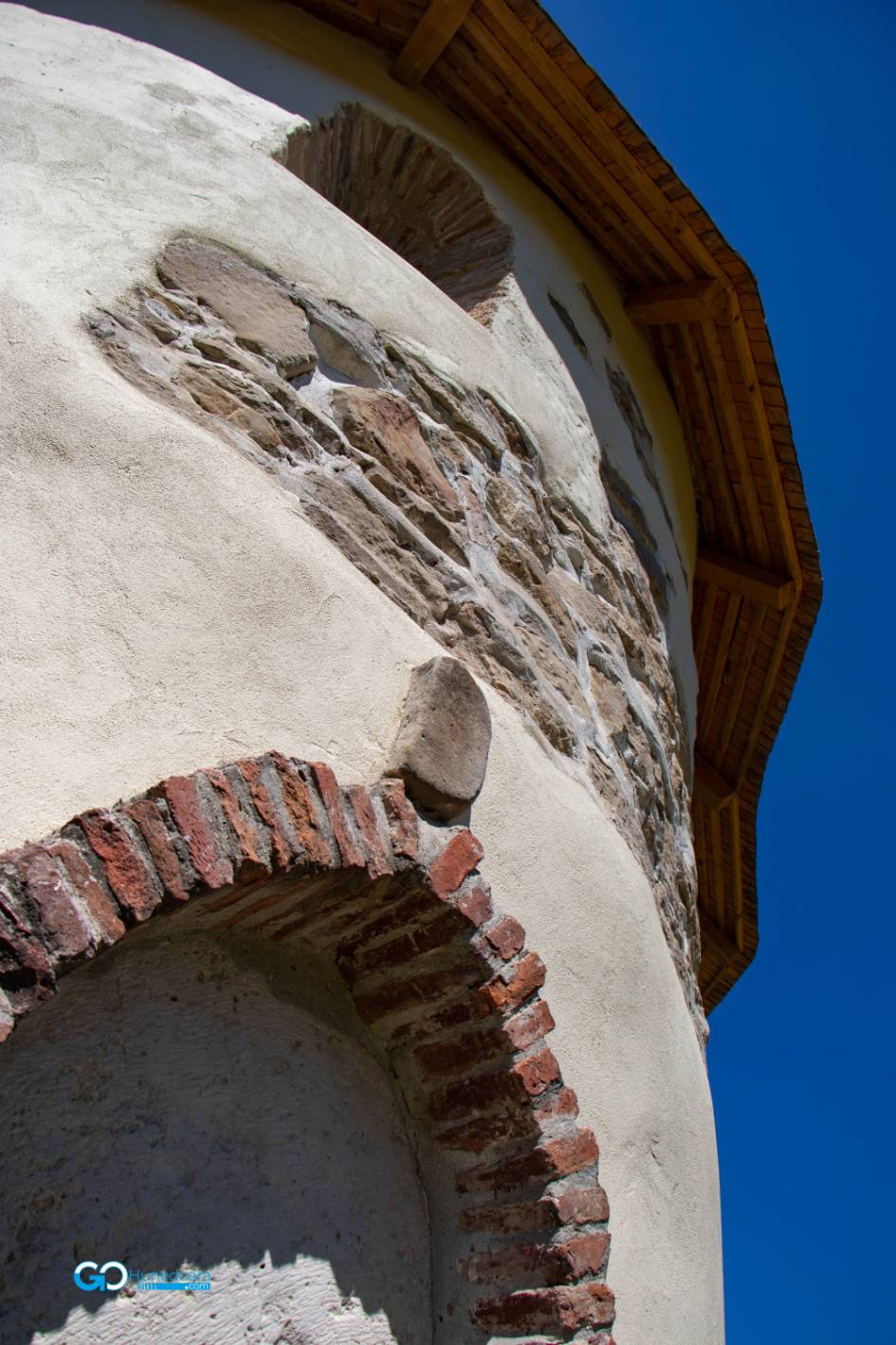The Rotonda Church in Geoagiu was built in the XI-XII centuries, and historians say that it is the oldest medieval church in Romania. The Romanesque chapel in Geoagiu is a historical monument located within the territory of Geoagiu.
The church follows the shape of Geto-Dacian altars, such as the "Rotunda of Galerius" in Thessaloniki and was built around the year 1100, probably immediately after the Christian schism. It uses an unusual, circular style of construction, like a tower somewhat reminiscent of the tower of the Church of the Holy Sepulcher in Jerusalem, or the towers of Orthodox churches.

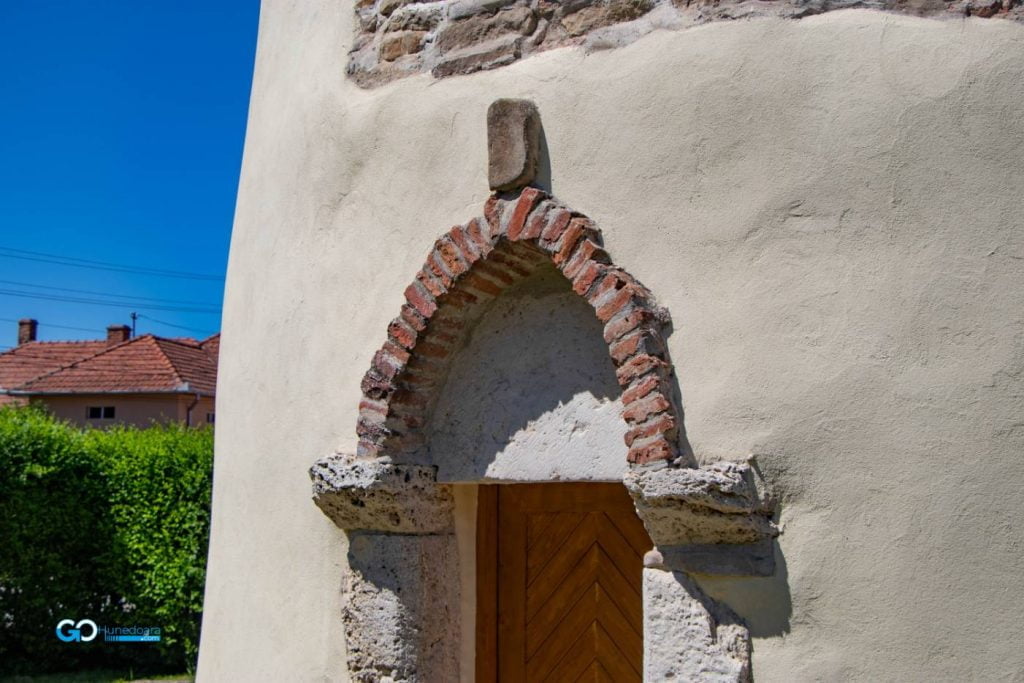


The Calvinist Reformed "round church" from Geoagiu is the oldest stone church in Romania, built at the end of the 11th century by the noble family Ákos, who ruled the Geoagiu area at that time. Archaeologists have discovered more than 170 graves in the churchyard, and children were buried inside the round Church.
The building is the only one that is in round shape in the country that has not been destroyed by weather or people over time, which can be admired. Legend has it that the small, thick-walled church was the work of crusaders returning from Jerusalem on the Roman road through the Geoagi Valley. The building was originally used as a church, then it was transformed into a chapel, because three centuries later, in its vicinity, another church was built.





Romanesque architectural rarity in Transylvania
The Romanesque Chapel or Rotonda in Geoagiu, is a rarity in the Romanesque architecture in Transylvania due to the circular plan and the construction materials used, such as reused Roman brick and very little river stone. The inner diameter of the nave is 5.5 m and the length (nave and apse) is 7.50 m internally and 9.50 m externally.



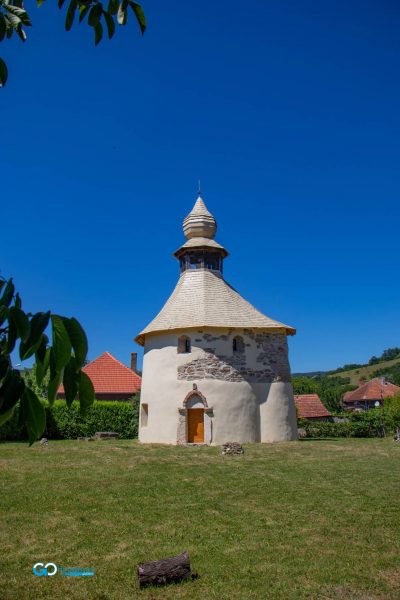
The Romanesque Chapel is one of the oldest existing and preserved place of worship all of Romania.
Although no religious services are held here, the monument can be visited as a museum.



